How the Republican elite tried to fix the presidency and instead got Donald Trump
Minneapolis, Minnesota
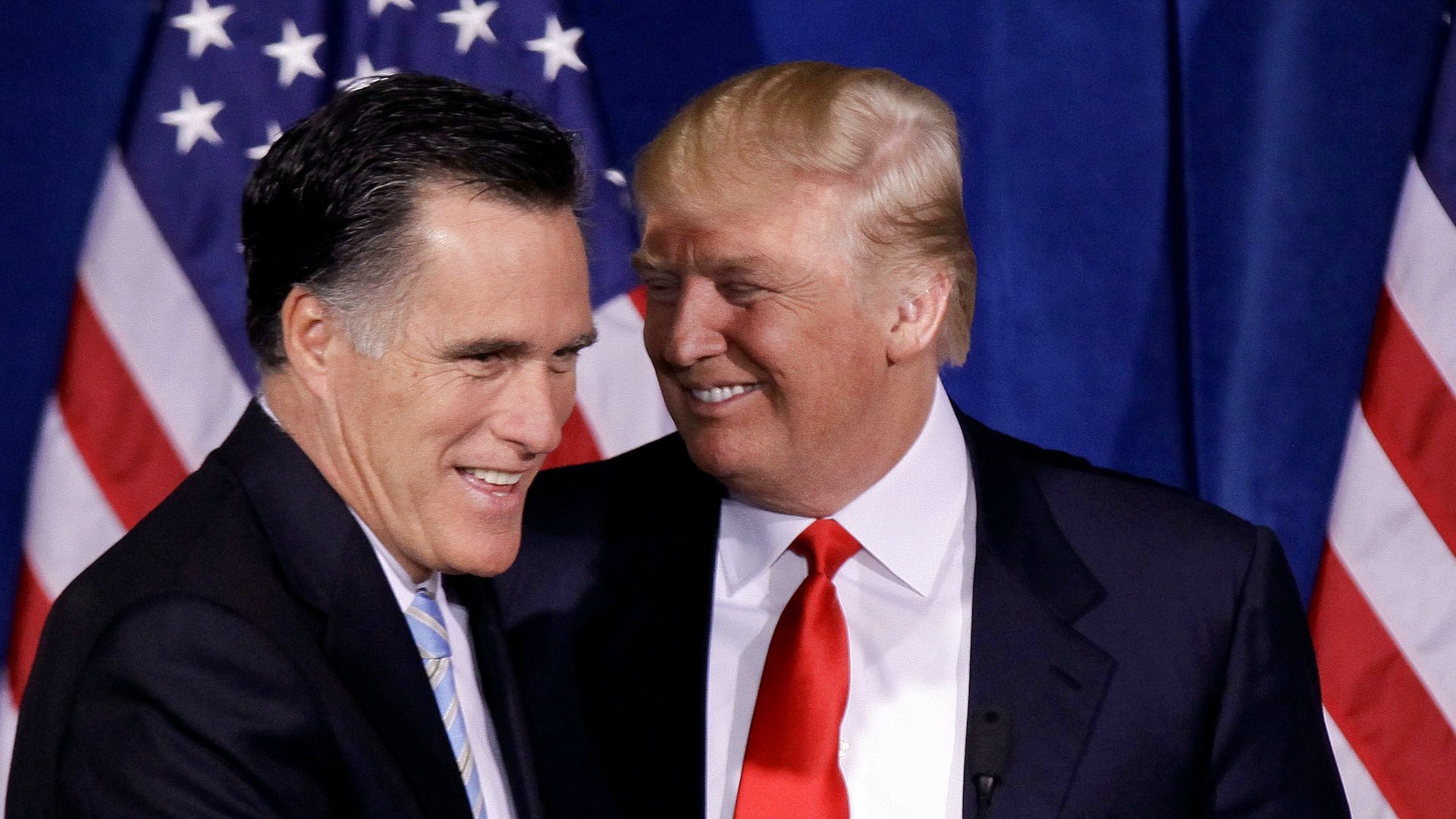

Minneapolis, Minnesota
At the heart of Donald Trump’s unexpected rise lies a nagging paradox. His victory reveals an astonishing loss of control of the Republican Party elite over the selection of their presidential nominee. Yet Trump’s success in many ways stems from their increased control over the primaries system—through rules changes that GOP leaders foisted on to the party at its last national convention, in Tampa in 2012.
The GOP’s purpose in 2012 was simple enough: To make sure outsiders wouldn’t threaten the appearance of party unity during the nomination process. Among other things, the rules revisions helped the frontrunner seize the nomination early, and blocked paths for adversaries to challenge the presumptive nominee at the national convention. The primaries schedule that resulted boosted candidates with fame, funding, and easy media access.
Being blindsided by a billionaire reality TV star with a knack for hijacking the media is the most obvious unintended consequence of the GOP’s strategy. However, Trump’s rise also points to potential long-term trouble for the party.
Traditionally, grassroots movements were an important mechanism for bringing the GOP leadership into contact with the most active and passionate of the party’s supporters. By infusing the party with new people and letting the ideas they bring bubble up through the system, these bottoms-up efforts have long kept the party vital.
What went down in Tampa helped unleash the opposite extreme: a top-down populism stirred up by Trump’s outrage-stoking mass-media machine. Trump’s ascent is an ominous signal that the Republican Party is sidelining many of its most civically committed members, walling itself off from a critical source of vibrancy.
To understand what brought Republicans to this point—and what, exactly, is at stake—let’s start back in 2011, in the western suburbs of Minneapolis, where a die-hard band of Ron Paul supporters was about to stage a remarkable insurgency. They intended to draw attention to the libertarian congressman’s small government beliefs. Instead, they provoked a ham-fisted power grab by the party’s elite, the unwitting repercussions of which Republicans are still grappling with today.
Minnesota’s Ron Paul insurgency begins
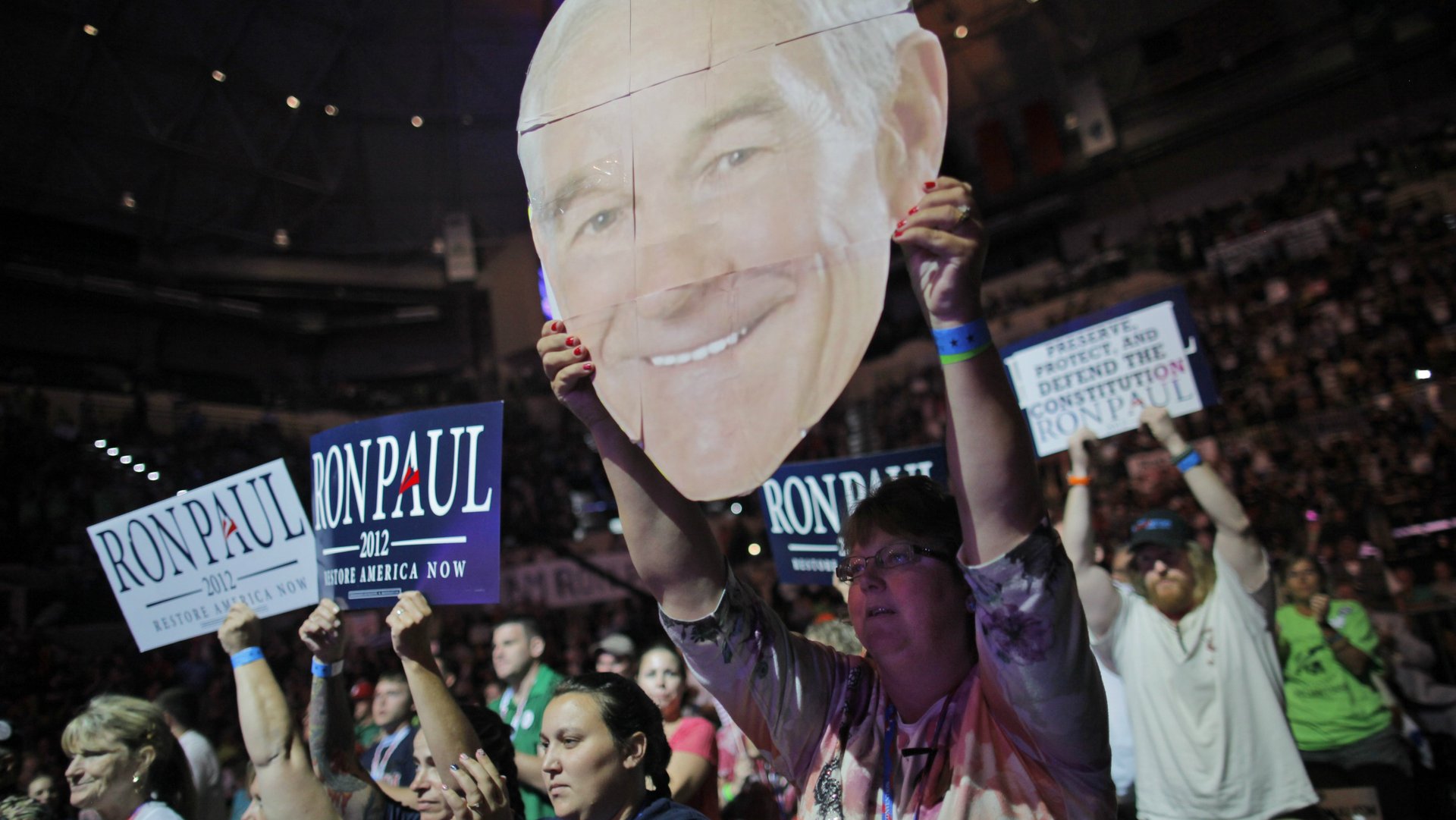
It was in a suburban elementary school classroom in the dead of winter where James Heaney, a 22-year-old software developer in the Twin Cities, became a foot soldier in the Ron Paul insurgency. And as it so often has in Minnesota’s lake-flecked path of the midwest, that recruitment began with a caucus.
“When you have a caucus—especially our traditional non-binding caucus—you’re not just pulling a lever for a candidate in a dark, anonymous box and going home,” says Heaney. “You’re being invited into a conversation with friends and neighbors from within a few blocks of your house about the issues of the day and the candidates before you.
The Minnesota GOP’s traditional way of voting for presidential candidates can seem bizarre. The system starts with 4,100 neighborhood-level meetings called precinct caucuses. Like Heaney, anyone who walks in might get elected as a delegate to the next layer of Minnesota’s convention process, the county-level. If they work their way up through the congressional district and state conventions, they stand to win a seat at the national convention, as party of Minnesota’s delegation.
What’s so special about becoming one of Minnesota’s national delegates? In a word, power.
It’s delegates, not millions of primary voters, who ultimately elect the party’s nominee (as well as decide on the party platform and the rules governing the next cycle’s presidential contest). The reason most people probably don’t realize this is that in most states, there’s really no difference: National convention delegates vote strictly according to the results of their state’s popular vote. Minnesota, however, had long been one of the handful of states that didn’t; its delegates were unbound, free to cast their ballots for whomever they wanted. Even if their candidate had no hope of winning, for a grassroots activist, the national convention is the only official chance to represent minority views to the party’s national leaders.
As Heaney left the elementary school that night that Tuesday night in February, a figure in the back of the room approached him, inviting him to join the ranks of newbie Ron Paul supporters being trained in the caucus arts for just that purpose.
Masterminding the Minnesota caucus
“I was the biggest Party cheerleader for so long,” says Marianne Stebbins, a forty-seven year-old resident of the western Minneapolis suburbs. A stalwart of Minnesota’s Republican Party caucus system, Stebbins had clocked up 15 years volunteering for campaigns before it dawned on her that, once they got in office, none of the candidates she backed actually championed the small government tenets they ran on.
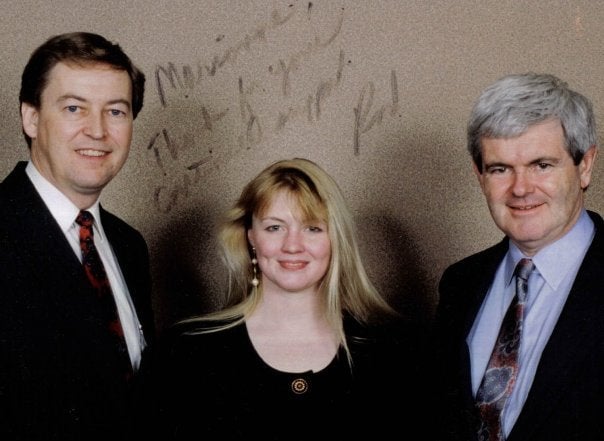
“When you’re deep into politics, you almost throw your principles out the window and just support the guy who wears your jersey, your team color,” she says. “It was when Ron Paul came along that I realized what I’d been doing.”
Starting in 2011, Stebbins and some like-minded Republican supporters mounted what has become known as the Ron Paul “insurgency.” Though they hoped to win Paul the party’s presidential nomination, they knew that his fringe positions made that highly unlikely. Their longer-term goal was to draw greater attention from the GOP mainstream to libertarian principles, especially shrinking the size and role of government in people’s lives.
To do that, they needed to win as many delegate spots as they could at the convention. Thanks to her experience in Minnesota’s Republican caucus system, Stebbins knew the Paulites didn’t have to win the popular vote during the state’s primary to pull that off.
Working backward from the state convention all the way down to the 4,100 neighborhood-level precinct caucuses, which would kick off the whole delegate process in early February, Stebbins back-calculated the number of supporters needed to win delegate elections at each level—essentially moneyballing Minnesota’s caucus system. This told her how many recruits they’d need to amass.
The next step was finding them. In the spring of 2011, Stebbins and her crew headed to the obvious place to look in Minnesota: county fairs. Luckily, people who like Paul tend to really like Paul. “Having a big Ron Paul sign at the county fairs—it felt like velcro,” she says.
The movement was building. Meet-ups jumped from message boards to restaurant booths. Once a week, supporters gathered for the “Saturday Night Austrian,” as insiders call it—a beery chat about Austrian economics at the Crossroads Deli in Minnetonka. Sundays featured a libertarian discussion group at Merlin’s Rest, a bar in Minneapolis’ Longfellow district.
Jackson Harvey, a 42-year-old electrical engineer in Savage, Minn., joined the Republican Party as part of the incipient 2008 Paul insurgency. Though the organizing effort in 2012 was officially geared toward getting the Texas congressman nominated, that plan was nested in a bigger goal.
“We all talked constantly about how we were building a movement to reform the GOP, [and] influencing the platform was part of that,” he says. “So was identifying and networking with other liberty activists, getting them experience, moving people into party positions, and changing the narrative on some issues.”
But new recruits lacked experience, and there were too few veterans to shepherd them through the sometimes thorny bowers of Minnesota caucus politics. So Stebbins and other pro-Paul political veterans began instructing newcomers in the art of parliamentary procedure, Mr. Miyagi-ing them in how to foil rules attacks from opponents.
Heaney recalls being dazzled by the rigor of the coaching.
“Paul’s campaign turned out supporters to caucuses, carefully instructed supporters on how caucuses worked and how to get elected as a district delegate, held training sessions prior to district conventions where they got us supporters up to speed on Robert’s Rules of Order,” says Heaney. “[They] dispatched advisers on the day of district conventions to help us navigate the rules, tricks, traps, and railroads that the party’s longtime masters laid out to try to block us.”
Like Heaney, the Ron Paul supporters tended to be much younger than the average Minnesota GOP activist, and they brought with them a technological savvy that aided clandestine organizing. For instance, in districts with heavy enough smartphone use, Paulite leaders used KakaoTalk—a Korean chatting and social media app that was barely used outside Asia in 2012—to coordinate strategies during the caucuses and conventions.
But while a Robert’s Rules virtuoso is clutch on defense, it would take more than rules wizardry to get Paul-supporter delegates—most of whom were total unknowns at their local parties—elected again and again, all the way up to the national convention in Tampa, Florida. That took discipline. If the Paul supporters voted for the limited number of pre-selected Paul supporters—and, crucially, no one else, no matter how rousing a delegate candidate’s speech or compelling her backstory—their candidates were much likelier to win. This strategy, called running a “slate,” is how delegates could win even though they were in a minority.
“Voting has to be absolutely uniform—that’s one of the things we drilled into our people,” said Stebbins. “When you start to veer off the slate, that’s when it can all fall apart.”
The maucus and the Chaos Slate
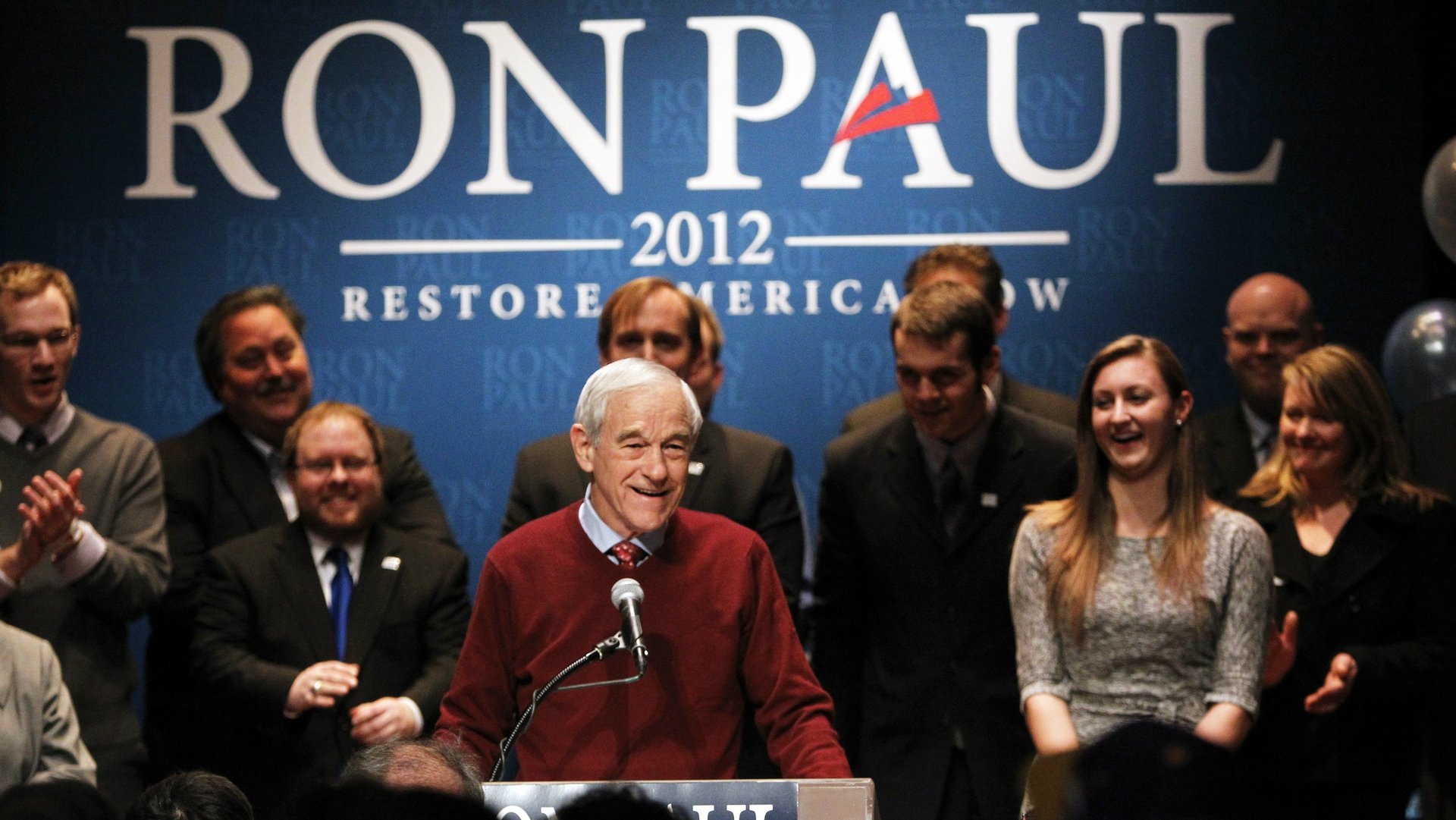
To instill this “slate discipline” in their liberty-loving greenhorns, in the late summer of 2011—with about six months to go until caucus night—Stebbins and her fellow leaders launched what became known as the “maucus,” twice-weekly live caucus simulation trainings. Supporters gathered in a big room in downtown Minneapolis’ warehouse district. The space stank faintly of smoke from the cigar club next door, and it had a fridge. The maucus organizers packed it with beer and hoped no one minded the smell.
As people milled around sipping bottles of Summit, Stebbins would surreptitiously ask a few newcomers—people no one else knew—to run for delegate in the maucus election, as part of the secret slate. She would then give the names on this secret slate to exactly 30% of the maucus participants, telling them to vote only for the names on the list. Everyone else was encouraged to vote for whomever they wanted. Alongside the secret slate, Stebbins, other well-known leaders and a smattering of random people ran for election too, their names projected onto the wall in no particular order. When the votes came in, Stebbins and the other group leaders always lost—despite their being the only people everyone knew. The secret slate of strangers always won.
Some Paul supporters lived too far away or were too busy to make it to a maucus. So the organizers filmed one of the simulations, uploaded it to YouTube, and sent out the link to supporters—but only after first encrypting the clip.
“That was one of our cloak-and-dagger things. We had to issue individual passwords to view it. [We didn’t want it to get out] that we were organizing to that degree,” says Stebbins. “Honestly, when you’re organizing that strategically it comes off as manipulative. But it was what we needed to do to get our delegates elected.”
And get them elected she did.
Though the local Republican establishment had already picked up on the Ron Paul insurgency underway, efforts to foil it mostly failed. At the state convention, the mainstream GOP leaders drew up their best guess at Stebbins’ slate, telling party rank and file not to vote for the candidates on the list. “The Chaos Slate,” they called it, saying it was bent on causing chaos at the national convention.
But the cloak-and-dagger stuff worked. Party leaders only successfully identified about half of the stealth Paul slate. His supporters wound up claiming 32 of the state’s 37 elected national delegate seats. Though similar things were afoot in other states, Minnesota came to Tampa with the biggest delegation of Paul supporters in the country.
It took 13,282 supporters, by Stebbins’ count, to win those delegate seats. Like James Heaney and Jackson Harvey, most of these supporters were new to the party. Yet the grassroots insurgency they mounted continues to shape Minnesota’s GOP—and, unintentionally, the national-level Republican Party too.
Romney’s long slog
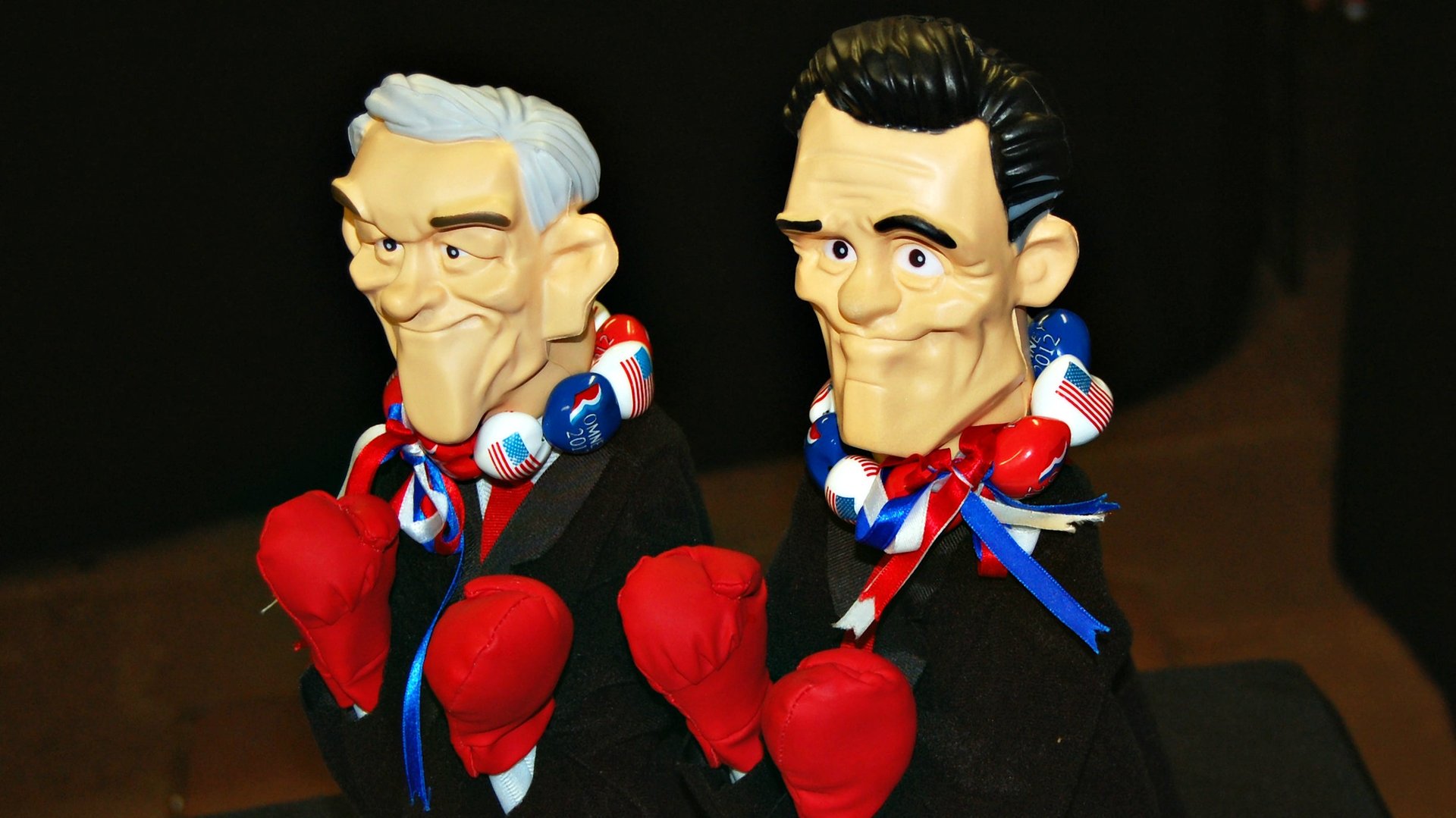
Some argue that drawing out primaries in this way gives voters time to vet candidates, and lets the best candidate emerge. But it also leaves the ultimate victor with less money and time to invest in winning the general election. And the chance that the party-anointed candidate might seem to be struggling to “close the nomination” makes GOP leaders nervous. It means media chatter about his lack of leadership, and punditry conjecture about personal or political foibles that might be preventing the party from rallying behind the candidate.
In 2012, these anxieties were hitting maximum-Xanax levels among the Republican National Committee, the group that helms the GOP. Mitt Romney, the Republican establishment’s presumptive nominee, labored for months to put stakes in the hearts of his rivals—Newt Gingrich, Rick Santorum, and Paul. Only on May 29, after more than four months of primaries, did Romney finally seal the nomination. It’s no wonder that Romney’s team had hats with “Long Slog” embroidered on them: It was the longest Republican primary contest in decades.
The convention was to be the moment for the party to rally behind its man. At least that was the RNC’s plan. Then, days before it began in late August, as squalls curdling in the Gulf threatened to dump Hurricane Isaac on Florida’s western coast, busloads of Paul-supporting delegates descended on Tampa.
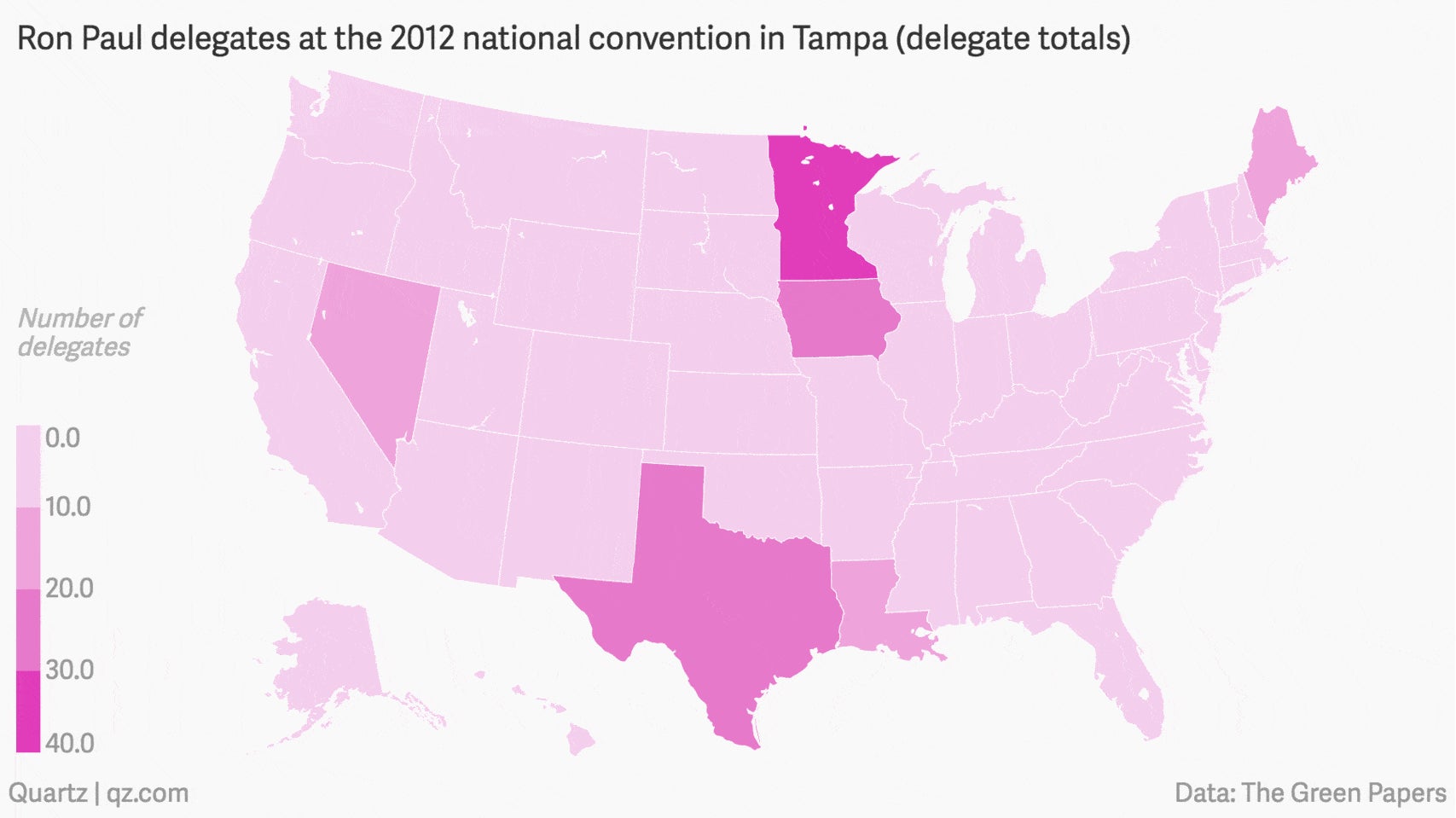
These delegates earned their seats in roughly the same way that Stebbins and the Chaos Slate did in Minnesota: Winning national delegate elections in states whose delegates weren’t bound to the popular vote results. A slew of these—Iowa and Maine, for example—were caucus states.
The Paul delegates weren’t trying to oust Romney, who had already collected all the delegates he needed to secure the nomination. The idea was simply to gain visibility for Paul and his libertarian ideas and, most importantly, make sure all of his delegates’ votes were counted.
The showdown in Tampa
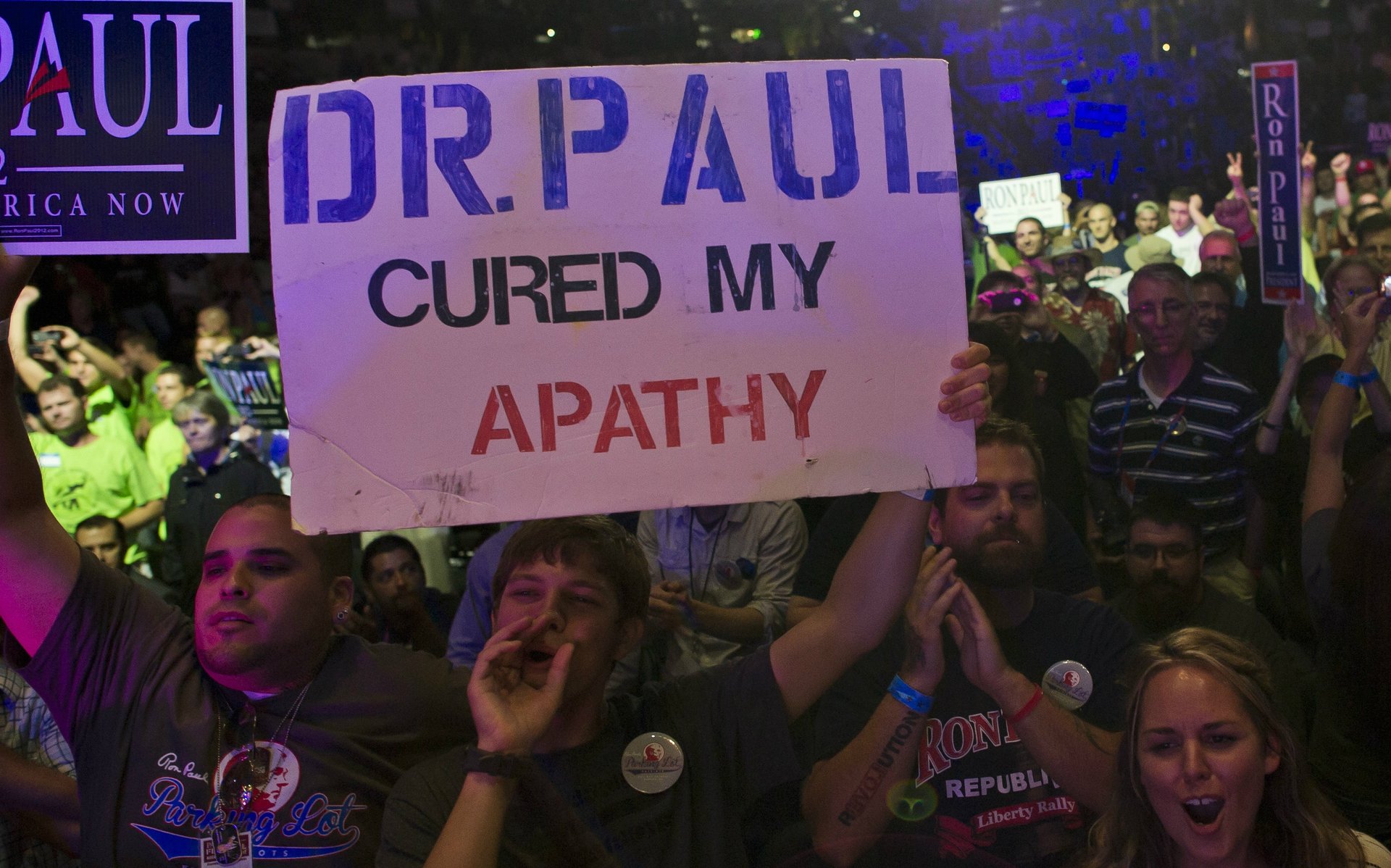
Romney’s campaign and the Republican elite were not amused. The credentials committee, the body that clears delegates to participate, immediately unseated a slew of Paul supporters, including half of Maine’s delegation. And that was the least of it. Benjamin Ginsberg—Romney’s legal guru and a national delegate from DC—and his GOP establishment confederates pushed through dramatic changes to the rules governing both the convention and the 2016 primaries, creating election dynamics and anti-establishment sentiment that long outlasted the tussle in Tampa.
One rule forced states to bind their delegates to the popular vote results, rendering moot the caucus system of electing delegates to vote their conscience. From his seat on the rules committee in Tampa, Bill Paulsen, one of the Minnesota delegation’s two members to the committee, says he immediately understood what the reform meant for his state: It closed the gateway through which the footsoldiers of the Paul insurgency marched to the convention floor in Tampa, shifting the electoral odds in favor of richer, better known candidates.
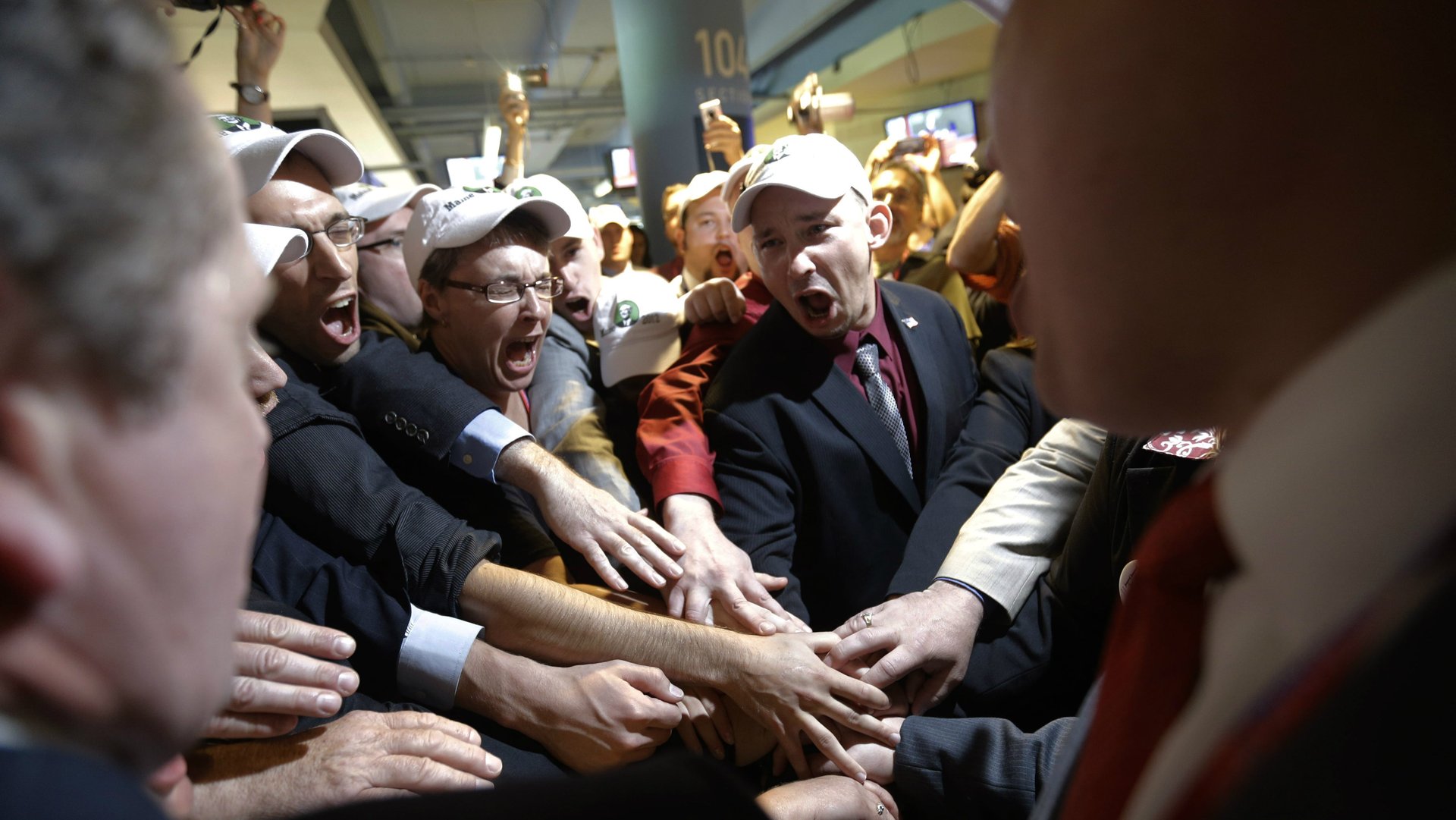
“A convention process allows campaigns with more of a grassroots budget that might not get nonstop media coverage [to thrive]. It levels the playing field,” Paulsen says. “As opposed to a primary process, which tends to benefit candidates with high name-recognition and media exposure at the beginning of process.”
Another, Rule 12, let the RNC amend the rules in between national conventions. That meant that, defying precedent, party insiders could change how the 2016 primary worked without the approval of Republican national convention delegates. Ginsberg defended it as “important for the political survival of the party in the electoral context.” (Neither Ginsberg nor the RNC responded to Quartz’s request for comment.)
Thanks to Rule 12, in January 2014, the RNC condensed the primary schedule for certain states, magnifying the advantages of candidates with more resources and national media reach. A big travel budget—or, for that matter, a private jet—allows richer candidates to compete for the popular vote in a dozen states at once, while stretching grassroots competitors thin.
A third controversial rule revisal came in the form of Rule 40, which declared that only candidates with a majority of delegates in eight states could appear on the national convention ballot. For this one, Ginsberg and company had a 2016 Romney re-election campaign in mind, argues Philip Diehl in The American Conservative.
“Like other rules adopted at the 2012 convention, Rule 40(b) was designed to tilt the tables in favor of establishment-friendly candidates,” he writes. “The party wanted to keep the outsiders and their supporters off the stage and out of prime time so that President Romney could be renominated in a show of party unity.”
Chaos and control
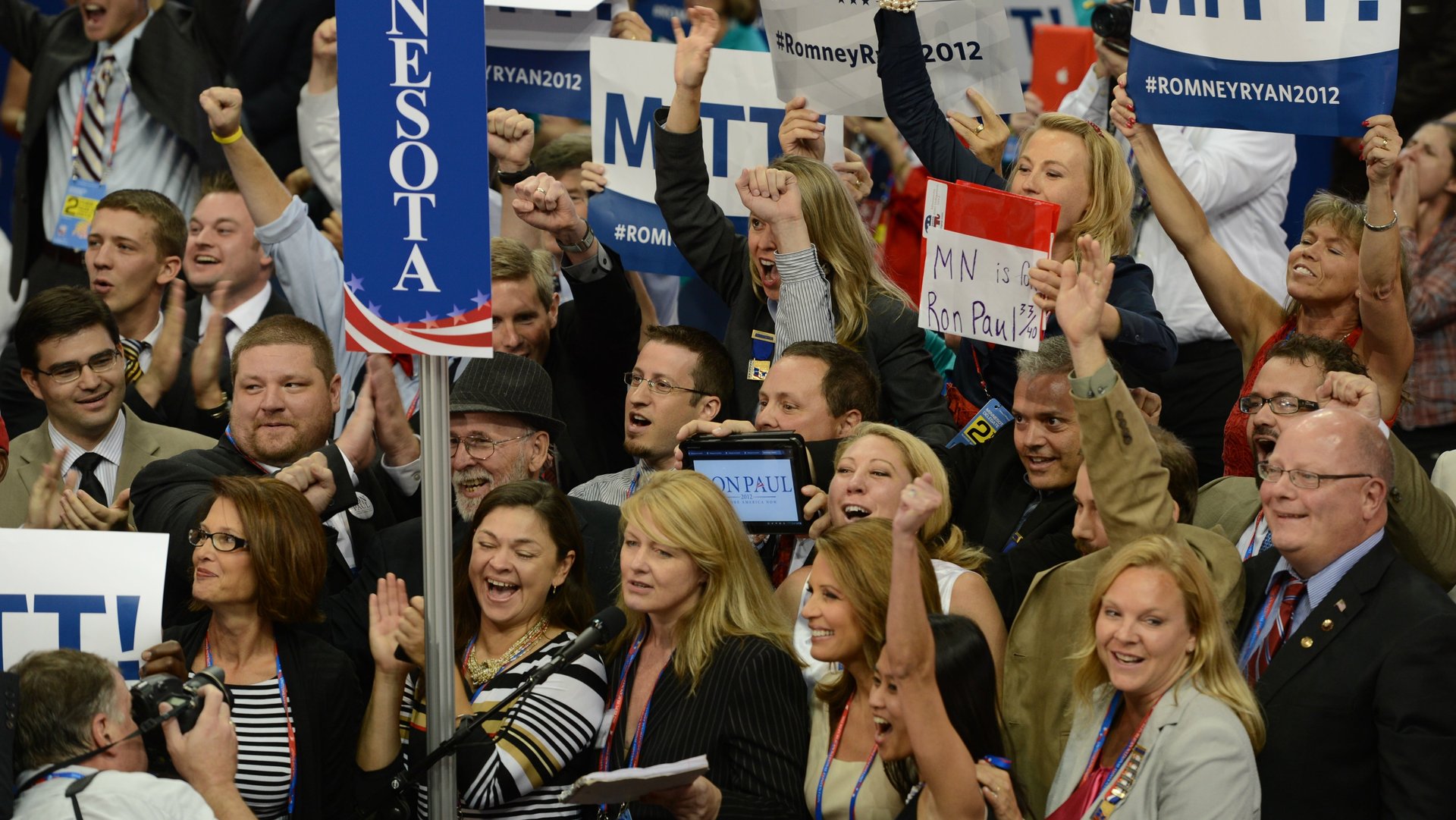
Paulites were hardly the only ones outraged by the 2012 rule changes. So were many state party officials, even those officially backing Romney. To them, Ginsberg and the RNC’s brazen effort to hoard power for Washington Republicans exposed a patronizing disdain and distrust of grassroots and local party leaders.
Most notably, Morton Blackwell, a Virginia committeeman and president of the Leadership Institute, decried the rules changes, warning that they would drive away new blood from joining in the party.
“Our party would move again toward a national primary which would deny grassroots Republicans the opportunity to vet presidential candidates in a nomination contest of reasonable length,” Blackwell wrote in public letters to Tampa delegates. “These rule changes would give good folks like you less of a say over our Republican Party in favor of insiders and consultants in Washington, DC.”
Minnesota Republicans weren’t happy either. Jim Carson, the chair of the fourth congressional district’s Republican Party, is no Ron Paul supporter—in fact, he’s part of the local GOP establishment that Stebbins and her crew were trying to dodge. However, the Republican head honchos’ handling of convention rules and procedure struck Carson as petty and hamfisted.
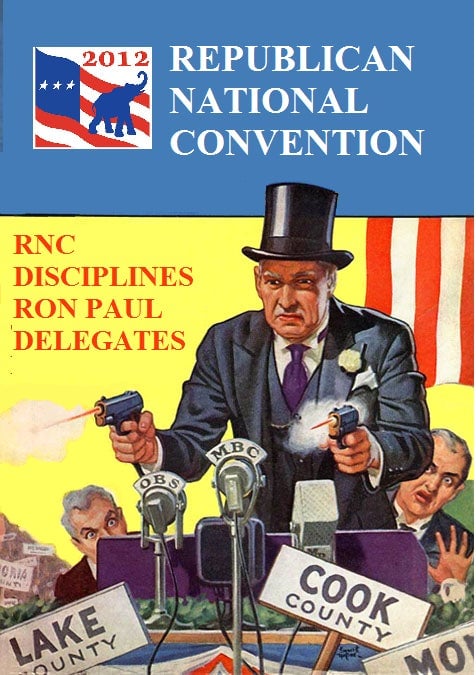
“One of my many ‘lessons of politics’ runs something like, ‘Don’t use the rules to drive the outcome,'” he says. ”[Ron Paul] won delegates. They deserved to have a place in the convention.”
So how did such unpopular rules revisions come to pass? Many Minnesotan activists suspect a series of bizarre events—including most notoriously, the delay of the Virginia delegation’s bus and the puzzling disappearance of the rules committee chairman, former New Hampshire governor John Sununu—helped thwart a challenge from opposing delegates.
When the new rules reached the convention floor for a final vote, John Boehner, the chair, brought the whole rules controversy to what was for many a bitter conclusion when he approved the new rules by voice vote. The convention equivalent of a clap-o-meter, voice votes are infamously subjective (the moment comes in the YouTube clip below at about 2:00). Many observers said it was too close to call, but Boehner ignored the booing and forged ahead.
As Stebbins found out when the Minnesota delegation was called on to report its votes, under the new Rule 40, Paul’s votes didn’t count.
Fast-forward to 2016
The GOP’s reaction to the Paul mutiny helped boost the presumptive frontrunner’s advantages vis-a-vis upstart candidates. In 2016, that frontrunner happened to be Trump. This isn’t to say the rules changes directly led to Trump’s presumed victory, says Josh Putnam, an expert on campaigns and elections at the University of Georgia and blogger at FrontloadingHQ. ”No matter how they structure the rules, they’re designed to produce a frontrunner, and that frontrunner usually wins,” says Putnam.
However, the big changes to the 2016 delegate math they still changed the race’s strategic dynamics in a way that wound up favoring Trump. The binding of previously unbound caucus-state delegates made it impossible for grassroots activists to rally their support behind a challenger to Trump. The newly bound delegates included the hundred or so RNC representatives from each state—party insiders that, had they not been bound to vote for Trump, might have coalesced around a consensus candidate, giving that candidate motivation to stay in the race. Without Rule 40, more candidates might well have had the impetus to stay in the race longer. That could have given national convention delegates—the majority of whom don’t like Trump—a better chance of supporting a challenger to the party’s new orange-haired overlord in Cleveland.
By shutting up a vexingly vocal minority, GOP leaders may have summoned forth Trump’s “silent majority.” Though Minnesota’s James Heaney is avowedly anti-Trump, he still relishes what he sees as “poetic justice” in what resulted from the Republican elite’s rules overreach in Tampa.
“That line from Star Wars comes to mind,” he says. “‘The more you tighten your grip, Mr. Ginsberg, the more star systems will slip through your fingers.’”
Antipathy toward the establishment deepens
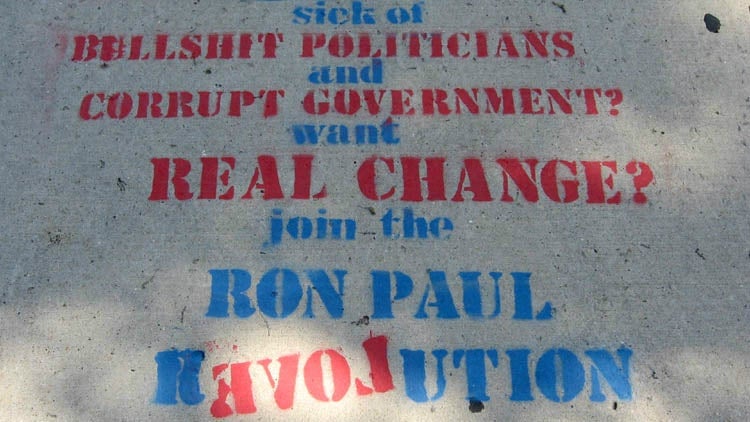
Although Romney’s team and the RNC succeeded in stamping out the chance for popular upstart campaigns with a superior grassroots organization to gain traction, they failed to address the rank and file’s frustrations with Washington Republicans. In Minnesota, at least part of the anti-establishment resentment that Trump whipped into a populist froth this year built up in reaction to that failure, says Harvey.
“Trump just wandered onto the battlefield while all the guns were still lying around,” he says.
In particular, blocking Paul’s votes from being counted in Tampa rankled Minnesotans, says Jim Carson. This sort of paranoid power-grabbing underscores how estranged party leadership is from its rank and file.
“Down here in flyover country we’ve kind of had it with DC establishment,” says Carson, the chair of the third congressional district Republican Party. “They’ve given us weak candidates going back to… I didn’t even like Reagan in 1980.”
Changing the conversation
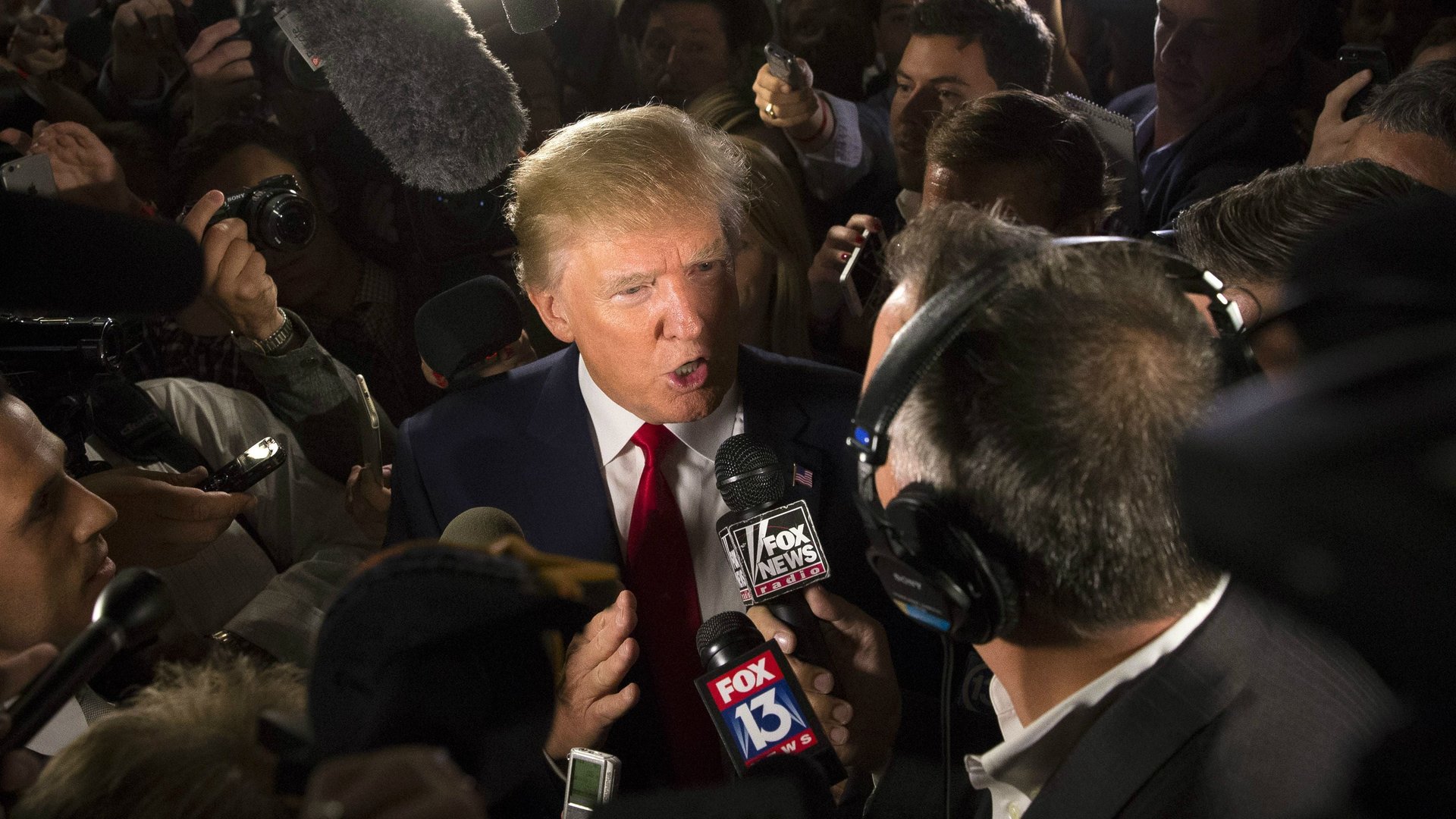
This year, the Tampa rules changes forced Minnesota’s GOP to bind its national delegates to the popular vote results and, therefore, to scrap its traditional system of electing unbound delegates up through the caucus system. Under this new process, the Minnesota delegation to Cleveland’s 2016 Republican national convention in July will give Trump eight of its votes. Without the Tampa rules, he would have won far fewer. Trump pocketed those eight delegates despite not once campaigning in the state. (Ivanka Trump did, however, address Minnesotans in a 52-second YouTube clip.)
Primary elections are the highly visible endpoint of a complex relationship: A long, multi-layered dialogue between candidates and party members. Tilting the playing field toward certain types of candidates—as Romney’s crew did in Tampa—shifts how the party engages with its members too.
When the popular vote decides a dozen state contests in a single day, the game becomes mobilizing the most voters—mostly by spending billions on snappy soundbite-filled ads during sporting events, or the evening news. Trump has brilliantly taken this one-way interaction with the masses to a whole new level: incendiary tweets gone viral, ecstatic packed-stadium yell-along sessions (“Who’s gonna build that wall?” “MEXICO!”), gladiatorial catfights masquerading as debates, and a candidacy thesis consisting of 30-second YouTube clips. People might mutter at their screens, but generally, those conversations are decidedly one-sided.
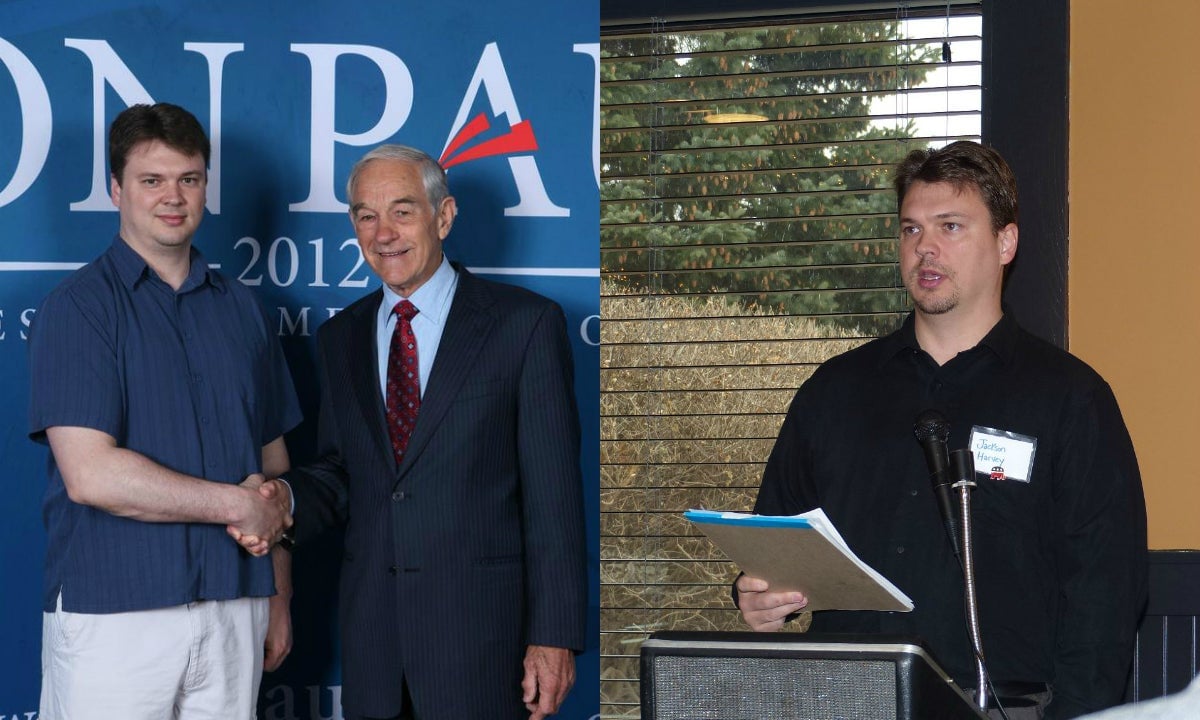
In Minnesota and the handful of states that traditionally haven’t used the popular vote to pick their preferred presidential candidate, but instead leaned on a caucus system to select national delegates, this conversation tended to be meatier. To win delegates in each of these states, candidates had to persuade seasoned Republican Party faithful to back them. And in countless phone calls, emails, and public speeches, those activists had to then bring around their Republican neighbors, earning their votes in the local caucuses and conventions too.
If that sounds boring and exhausting, it’s because—most of the time, at least—it is. But it also encourages substantive debate. And when grassroots movements are passionate and well-disciplined enough, it lets them diffuse their views up through the party hierarchy, sometimes even to the uppermost echelon, the national convention. While that sometimes embarrasses the GOP mainstream, these movements can offer a vibrancy that energizes the party for years and decades to come.
Over the last 40 years, this system has been receding into the footnotes of Republican party history, replaced with the one-way, candidate-led model. The Tampa rules changes hastened that withering. The pull-a-lever-and-go-home style of engagement now seems to be the way of the future: Minnesota’s governor just signed a bill making primaries a permanent feature of the state’s presidential nomination process.
Unpopular democracy
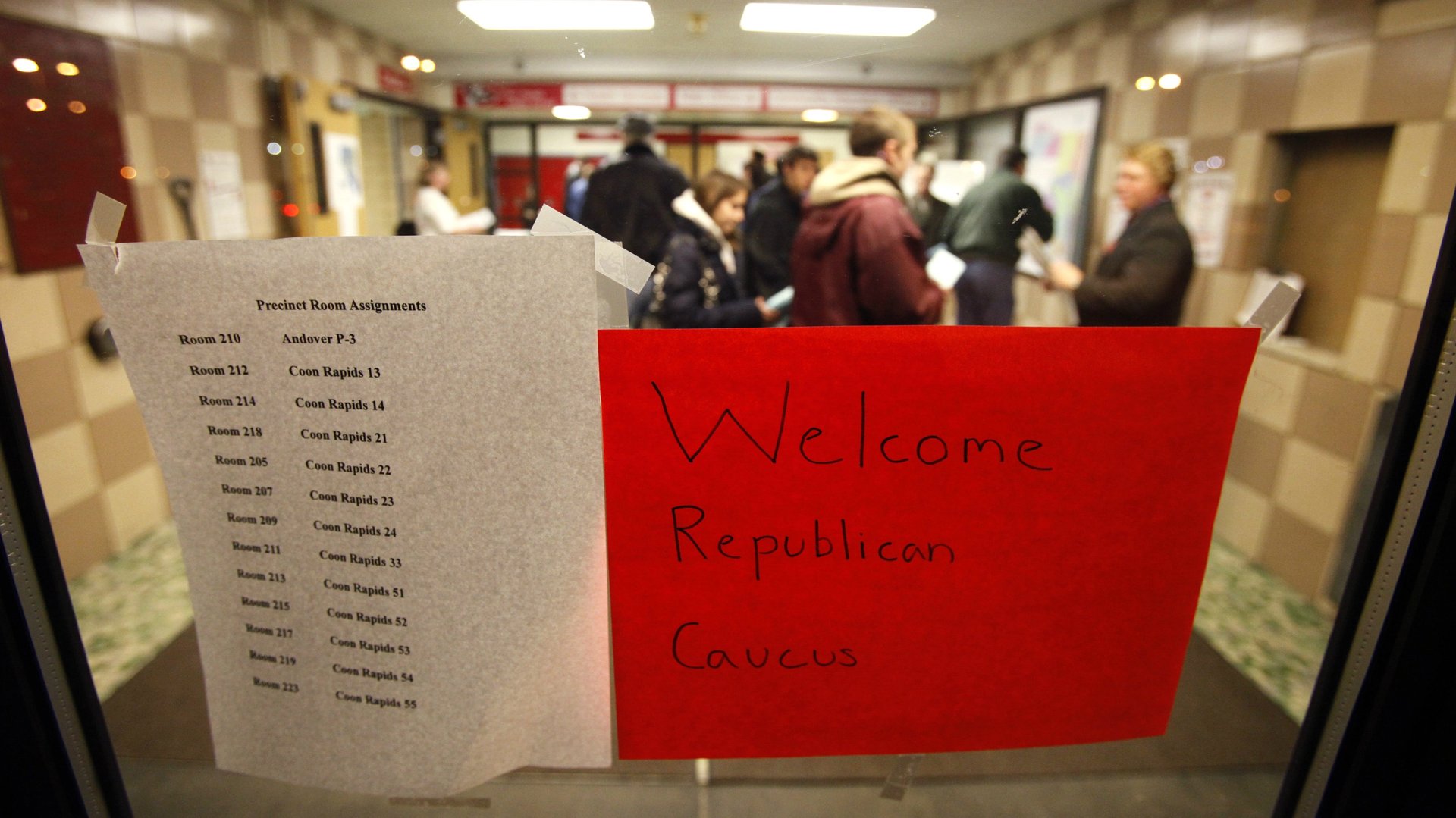
There are some excellent reasons to scrap caucuses in favor of primaries. Jeff Williams, a longtime party activist and campaign strategist based in Saint Paul, says he supports the move ”because it allows more average people access to the process.” The traditional practice of holding caucuses for a few hours at night makes it hard for, say, nightshift workers or parents to participate. There’s no provision for absentee voting; if you’re out of town, too bad.
Other critics of the caucus system say concentrating authority in the hands of activists can skew things—encouraging more extreme candidates—like Barry Goldwater, or Paul. The loftiest argument, however, is that primaries that bind delegates to the popular vote more accurately reflect the will of the people. During the debate in Tampa about binding delegates, former California congresswoman Mary Bono put it this way: “If you want to tell voters that their vote doesn’t count, this is a way to do that.”
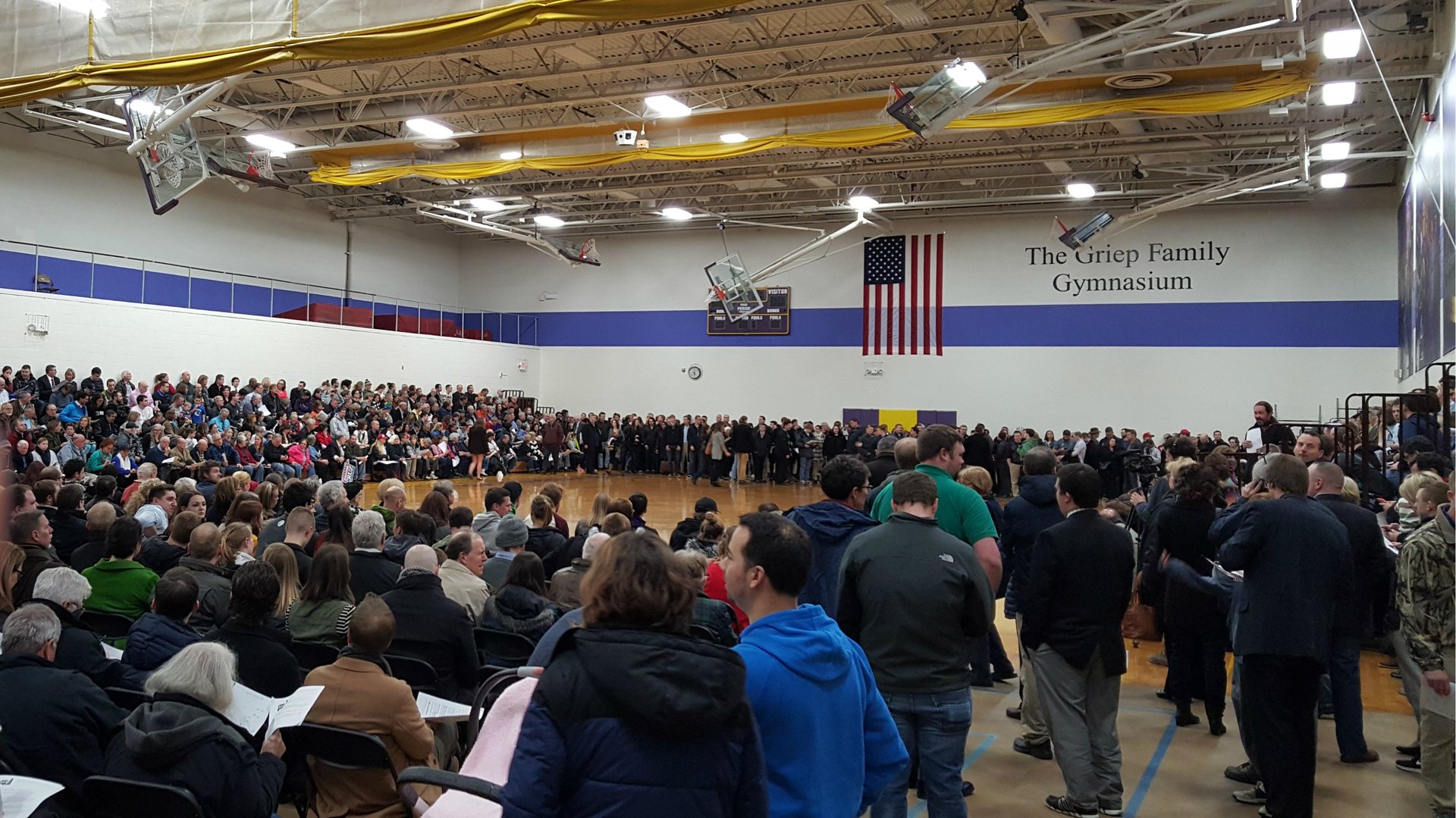
All of these arguments make a lot of sense. Strangely, though, many Minnesota Republican activists want to keep their caucus system the way it is. Why? Trump, for one. Under Minnesota’s traditional caucus system, Cruz would have prevailed, says Jim Carson.
There’s a more existential source of unease too: The possibility that a shift from quality to quantity of candidate engagement will leave the Republican Party estranged from its would-be supporters.
Growing the grassroots
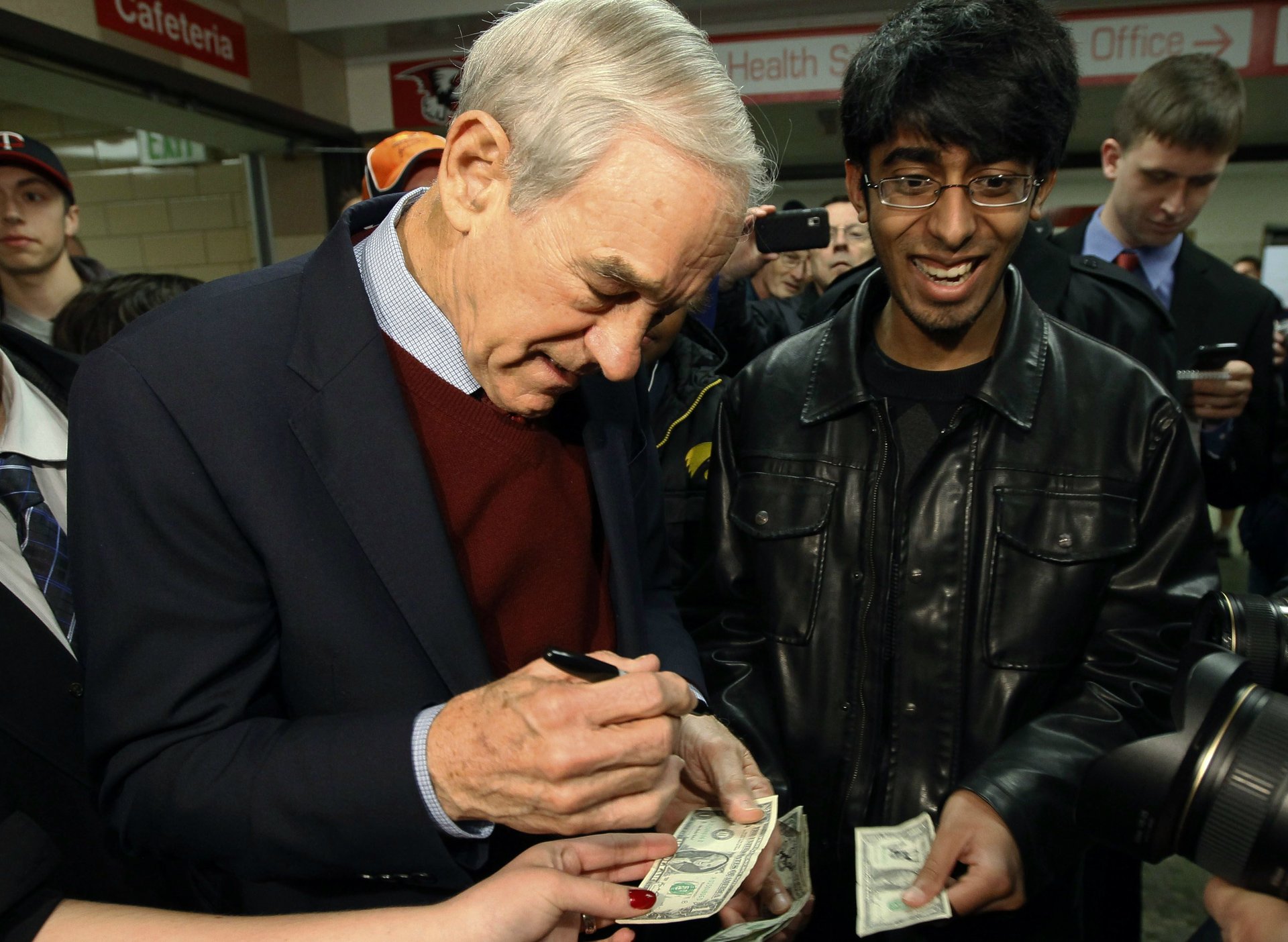
Most Minnesota Republican activists will tell you that their traditional caucus process let minority perspectives influence and challenge the majority. Offering a more meaningful way of participating in the party’s operation than just losing a vote keeps the party growing, they’ll often add.
James Heaney and Jackson Harvey are both examples. Four years after the Ron Paul insurgency, both hold positions in the party leadership. Harvey will represent Minnesota as a national delegate in Cleveland.
And though neither was a Paul fan, both Carson and Randy Gilbert, chair of the third district’s Republican Party, praise the insurgency’s lingering benefits.
“Many of the Ron Paul supporters have stuck around,” Gilbert says. “They have great ideas. They tend to be younger too—and that’s good for the Republican Party, which has this white-haired, ready-to-go-to-Florida type of thing [going on].”
In Saint Paul, former Paulites have influenced the party’s priorities, says Carson. “We have become much less a socially conservative party and more libertarian.”
In his district, where youngish former Paulites abound, Harvey says the issues whipping up the most grassroots energy are abuse of police force, state surveillance, criminal justice reform, and asset forfeiture. Not exactly big talking points among national GOP leaders.
Will the binding of Minnesota’s national delegates through the new primary system give future grassroots movements less impetus to participate?
Maybe. National delegates will still be able directly to influence the Party’s national platform planks by becoming national delegates, says University of Georgia’s Josh Putnam. But most Paul movement veterans are skeptical. Without Paul’s candidacy to champion, few if any of them would have become involved in the party in the first place. And since the Paul insurgency taught them the ins and outs of caucusing, it’s been easier to stay engaged. (In fact, many say they now find the rules maneuvering fun.)
The problem is, most newcomers don’t enter the party through sweeping grassroots insurgencies; they join it accidentally. People usually find themselves at their first caucus with the sole goal of voting for a presidential candidate. Before they can, though, they must listen to their fellow caucusgoers debate candidates’ merits and hot election issues. Some caucus neophytes are drawn into the community when they jump into the discussion; for others, a plucky caucusgoer dragooning them into phonebanking might do the trick. In Minnesota, at least, this is how the party keeps growing.
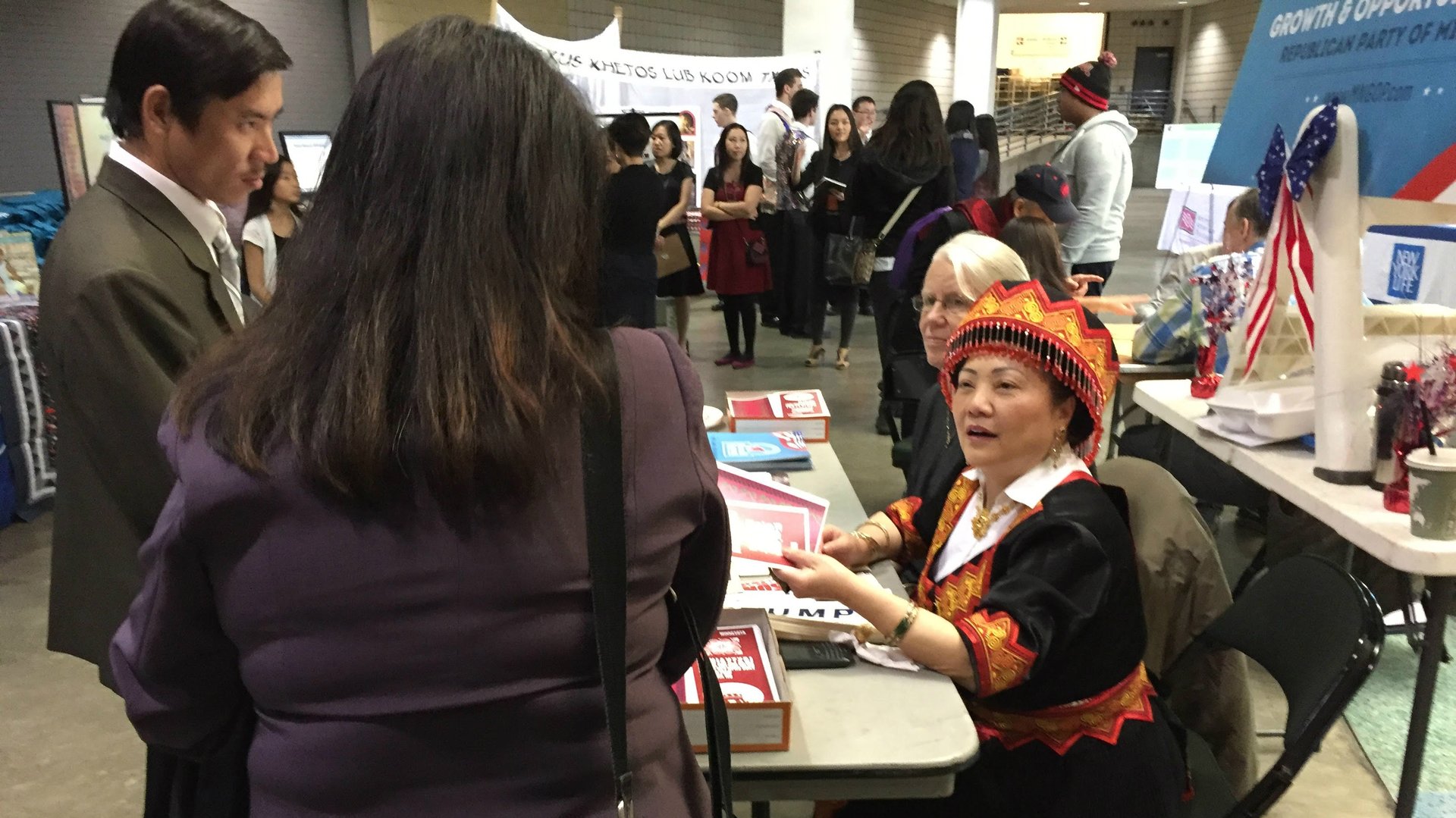
Under the new law, however, Minnesota’s primary and the precinct caucuses will be held a week or so apart. So those who would have been susceptible to debating and dragooning will instead cast their presidential primary ballot and leave, without giving the party a chance to engage them.
“This will have the effect of keeping only the hard core supporters in the process and will create confusion regarding the proper way of participating in the body politic,” says Jeff Williams.
If participating becomes synonymous with voting—and not caucus-based activism—Minnesota’s Republican party will struggle to find the chance to recruit new volunteers, says Heaney.
“These are not lifelong, committed Republicans who prayed the Reagan Creed growing up,” he says. “A lot of them are young and [have] ideas that the party needs to at least encounter if it’s going to stay relevant in our changing world.”
Harvey worries that a Republican Party that’s out-of-step at the national level will hurt local elections too.
“If the party stagnates,” he says, “no matter how hard I work, I won’t be able to get good people elected.”
The party decided
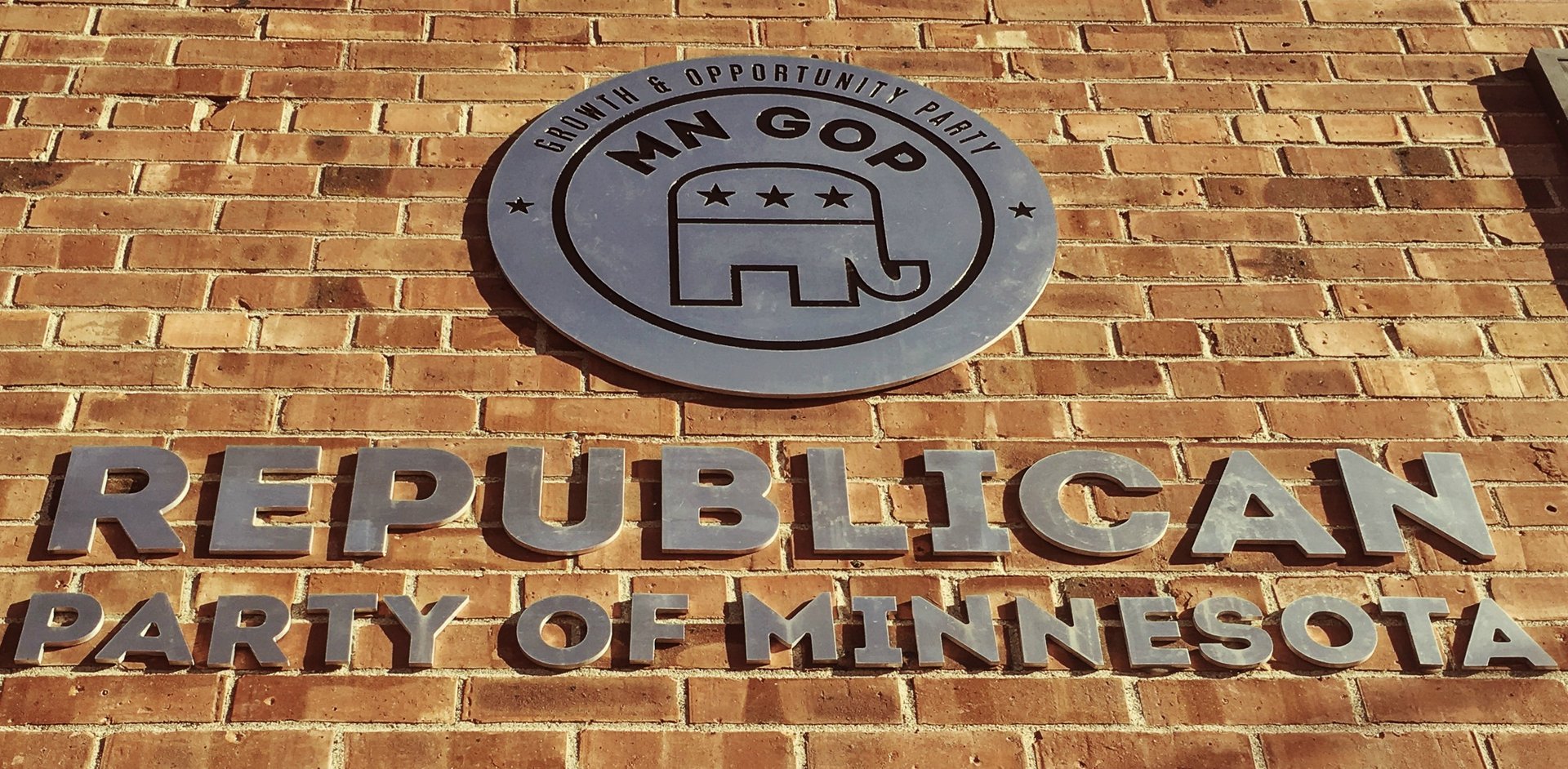
Just as the Ron Paul insurgency is often mentioned as an embarrassing blight to the Republican brand, it’s seldom you hear anyone mention the GOP’s deepening divisions as anything but a weakness. Yet as Minnesota’s experience shows, grassroots challenges to the GOP mainstream can wind up strengthening the party in the long haul by bringing more—and different—people into the fold.
Will Trump’s legacy for the Republican Party be similarly salubrious? That likely depends less on the candidate himself than on his supporters—or, more specifically, how the party empowers them.
This isn’t to argue that the unbound-delegate caucus system is superior to the popular vote. It’s simply that in Minnesota, at least, the changes wrought in Tampa—and capstoned by the state’s new primary bill—shuffled the incentives to take part in the Republican Party. In time, new ways of channeling grassroots energy and giving would-be members a say in their party’s priorities surely will evolve.
The Minnesota GOP has already suffered at least one casualty, though. When Marianne Stebbins returned to Minnesota after the clash in Tampa she found her partisan enthusiasm had ebbed. She attended a few party events and caucused in 2014. After that, though, with the exception of a couple of city council races, Stebbins stopped volunteering altogether. On March 1 of this year, she sat out her precinct caucus. And though she isn’t totally sure yet, she’ll probably vote Libertarian in November.
“It’s funny, it’s only been recently that I’ve said, ‘I’m not a Republican,’” Stebbins says. “It’s really hard to break that tie—I mean, I was born Republican.”
Image by Flickr user Jayel Ahera, (licensed under CC BY 2.0); image has been cropped. Poster of Tampa national convention by Flickr user Mike Licht (licensed under CC BY 2.0). Photo of Ron Paul sidewalk graffiti by Flickr user David Drexler (licensed under CC By 2.0); image has been cropped. Photo of Minneapolis GOP headquarters by Flickr user Tony Webster (licensed under CC BY-SA 2.0); image has been cropped.